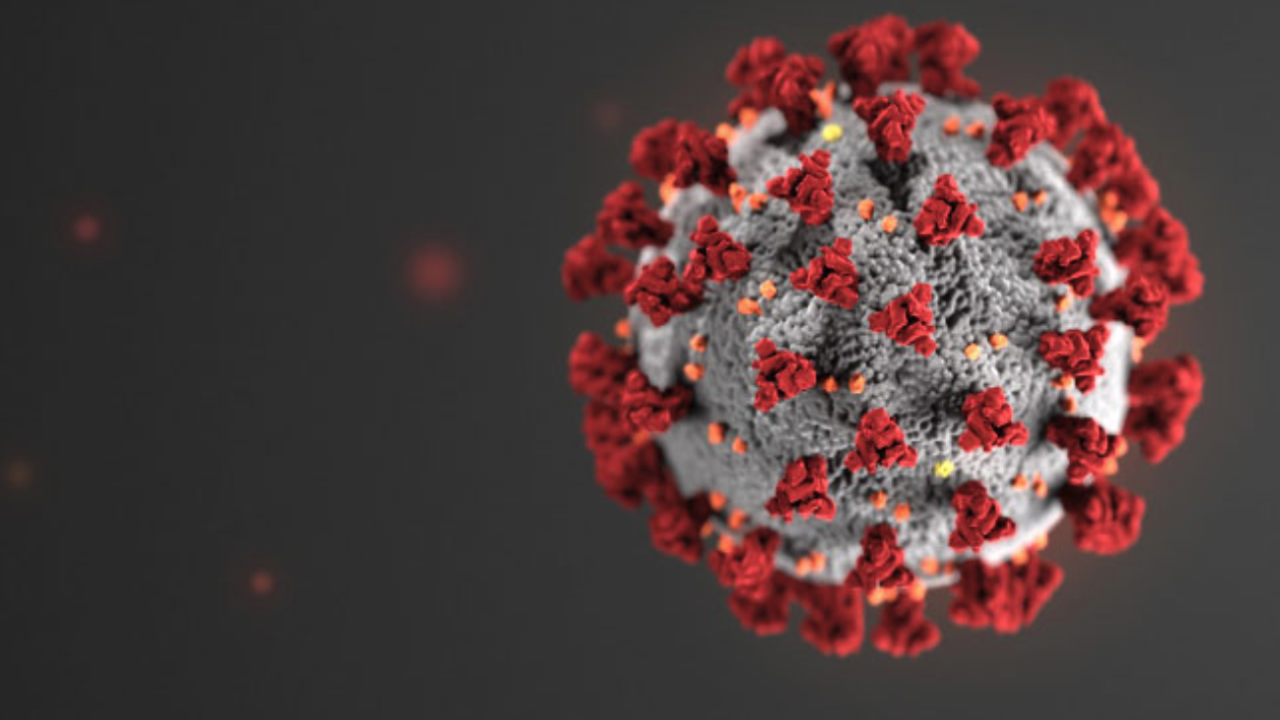BOISE, Idaho — A model developed by The Department of Health and Welfare (DHW), the University of Idaho, and four other colleges and universities has shown that continued mitigation efforts are effective in slowing the spread of COVID-19.
The model was developed to help the Governor’s Coronavirus Working Group make data-driven policy decisions and identify effective mitigation strategies to reduce the impact of COVID-19 on Idahoans. The Working Group reviewed the effect of multiple assumptions and scenarios using the model.
“Based on those, we can conclude that continued mitigation efforts are effective in slowing the spread of COVID-19, reducing contact rates, delaying the peak of the outbreak, and flattening the curve,” said DHW Director Dave Jeppesen. “The model was developed to simulate the effect of policy decisions such as the Governor’s stay-home order, and not necessarily to estimate the number of hospitalizations, ICU admissions, or deaths from COVID-19.”
When mitigation measures are stopped, however, the model shows a second wave of infections unless testing and contact tracing capacity increases so infections can be identified, and contacts isolated.


